photo by Kiernan Kelly
In 1994 Magdalena Abakanowicz, a Polish sculptor and fiber artist, completed an exquisite sculpture on the Southern side of Western Washington University that reflects the environment surrounding it. The Manus sculpture is a magnificent art piece that is wonderfully placed on the Western Washington University campus. Nestled in between the hilly outskirts of campus and the Fairhaven dormitories, this art begs pedestrians to stop a minute and ponder it’s existence. The bronze artwork procures thoughts and reflection upon the interactions between humans and nature. Prior to elaborating on the environment that influenced this sculpture and what Abakanowics chose to express through this art piece it is important to know her background and artistic style.
Magdalena Abakanowicz was born in the year 1930 in an aristocratic Polish-Russian family in Poland. She was only nine years old when the destruction and violence caused by World War II engrained her life. Then followed the revolution started by Russia and the forty-five years of Soviet domination in which Magdalena learned to escape and make the best of things. She would use whatever was available to her to create art in a tiny studio. Her art has always addressed the problems of dignity and courage. Abakanowicz first began to be known for her influential artwork in the 1960s when she started doing large fiber sculptures called Abakans. This was just the beginning of her career in sculpturing and she quickly began creating larger sculptures using a wide variety of media. Over time her sculptures began to be significantly larger in scale and more representative and symbolic. A lot of her installations were done as multiple pieces to symbolize the masses/crowds. Magdalena Abakanowicz for many years has been faced with the issue of “the countless”.
She says: “I feel overwhelmed by quantity where counting no longer makes sense. By unrepeatability within such quantity. A crowd of people or birds, insect or leaves, is a mysterious assemblage of variants of a certain prototype, a riddle of nature abhorrent to exact repetition or inability to produce it, just as a human hand cannot repeat its own gesture”.
Moving forward a few years her medium continued to change as she began to use bronze and similar materials more. Her draw to this was because she believed it helped show the connection between human interactions, anatomy, and movement to that of nature. This can be seen quite clearly in the texture of bronze being similar to the bark of large evergreens. Another piece worth mentioning is Hand done in 1976 in bronze that has a lot of similarities to Manus on the Western Washington University campus. The sculpture is a fiber medium of a palm with the thumb tucked inwards showing a similar profile of the brain. Here, she expresses the similarities and interactions of the various human anatomy and actions. Her extensive research and knowledge into psychology helped her better understand these connections and express them in an artistic fashion.
A better understanding of Abakanowicz background and previous artwork significantly helps one interpret and better understand her vision of Manus. This piece is very interesting because it is very multifaceted. The various subjects that can be examined are medium, placement, size, shape, and environment surrounding the sculpture. The choice of bronze for this sculpture was by no means an accident, Abakanowicz chose this specifically to reflect the environment in which the sculpture was to be shown. Surrounding the Western Washington University grounds are large evergreens with very unique and visual textures due to the large size of the bark. The bronze medium correlates to this visual very well in order to show the connection to nature. The size and shape also shares these attributes, the evergreens tend to dominate the landscapes surrounding campus with their sheer size, stout trunks, and never ending branches. The Manus sculpture tries to incorporate that depiction in the wide base and size by being a significant fifteen feet tall. These same traits can be seen from a different perspective, reflecting human nature. Abakanowicz stated that one reason she chose the location she did, she believed the movement, commotion, and energy of the South end of campus had a unique connection to nature. Which is yet another reason she chose to sculpt from bronze, it’s ever changing pattern and texture gives a sense of motion. The movement and variety at the top of the sculpture as it splits in various ways exaggerates this sense of movement. Environmentalism and focusing on the human discourse with nature was another popular theme from the nineties. Recycling programs and global warming theories were at the forefront of discussion as well, furthering societies connection to nature. A large theme in the Manus piece is its background and where it was built, the piece would not be the same in the middle of a warehouse or among four walls. Pieces such as these bring awareness to how humanity has perpetuated the scene in which these works came to be.
Group Interpretations
As a group , our goal was to showcase Abakanowicz vision of Manus by comparing and contrasting the man made and the natural world through photography since a lot of the meaning and symbolism is shown through texture, shape and location. We chose to make individual interpretations of Manus using the same method of taking photos.
Photos taken by Paiton Johnson
Artist statement.
Abakanowicz art always has an organic element to it and plays with comparing and contrasting the man made and natural world. I wanted to highlight that concept and how Abakanowicz figures have their own individuality with expression and with specific details of skin and the body.
Methods
The materials that were used in the photographs are mud and dead tree matter. My model was told to mirror the surrounding trees, to “get lost in the crowd”. I also chose to replicate the hands of the Manus into one of the pictures.
Photos taken by Kiernan Kelly
Artist statement
My work above all else exemplifies the bridge that art builds to relate art to the world through nature and society. The statue looks like both a projection of nature and of the rebirth of humanity, making viewers stop to ponder the feelings that the piece elicits. “Hands Like Trees” is also fun to look at as the size of the piece impacts how it is viewed. Walking up to it, the solid and ever standing iron art is a silent giant that makes you create a familiar shape from it’s ambiguous texture and parts. Most people walk away with the impression of an iron tree, a possibly ironic piece in a society where saving the earth and protecting nature is a prevalent message. Or possibly a human arm, the stubby fingers uncurling from a clenched fist. The hand also tells of nature, how we came from the earth and we must protect it. In any way the sculpture is a beautiful piece by Magdalena Abakanowicz on the university campus and is worth a couple minutes of viewing.
Credits:
“Magdalena Abakanowicz.” Wikipedia, Wimimedia Foundation, 26 Sept. 2018, en.wikpedia.org/wiki/Magdalena_Abakanowicz.
“Manus.” Manus Western Gallery, westerngallery.wwu.edu/sculpture/manus.
“React. Research Execute!” Reach Research Execute, wp.wwu.edu/ wwuart109/2018/02/26/manus-magdalena-abakanowicz-6/.
Weintraub, Linda, et al. Art on the Edge and over: Searching for Arts Meaning in Contemporary Society, 1970s-1990s. Art Insights, Inc., 2009.
Hopkins, David. After Modern Art: 1945-2017. Oxford University Press, 2018.
“The Environmental Movement in the 1990s – 1990 A.”Google Sites, sites.google.com/a/peddie.org/1990-a/home/the-environmental-movement-in-the-1990s.
Farago, Jason. “Culture- The ‘90s: The Decade That Never Ended.” BBC, BBC, 5 Feb. 2015, www.bbc.com/culture/story/20150205-the-1990s-never-ended.
S, studio. “Magdalena Abakanowicz, www.abakanowicz.art.pl/about/-about.php.html.
Photos taken by Paiton Johnson and Kiernan Kelly
Research and Project conducted by Paiton Johnson and Kiernan Kelly
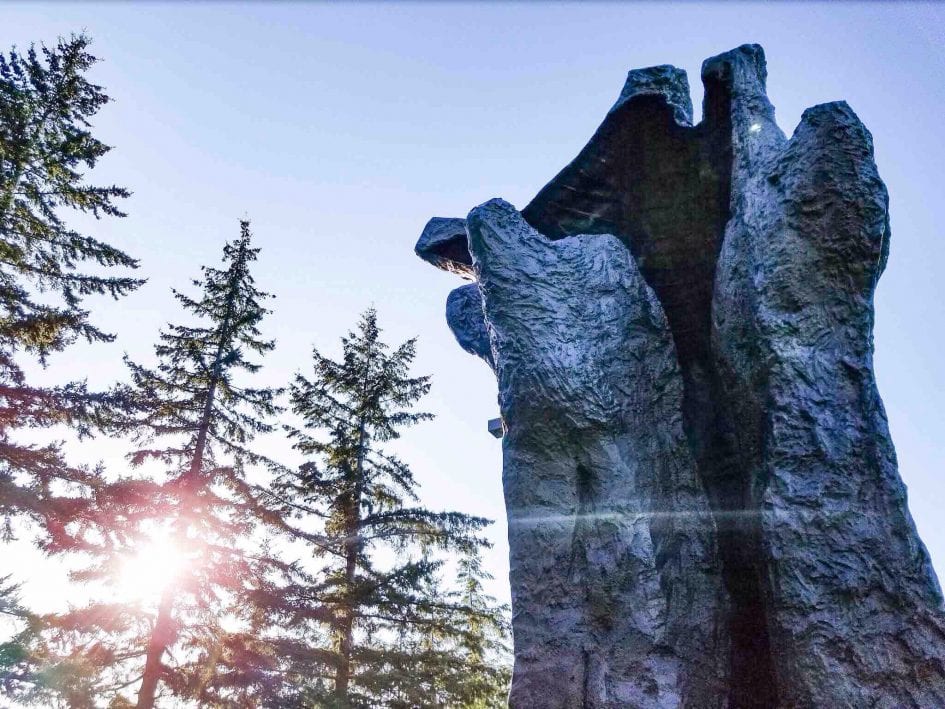
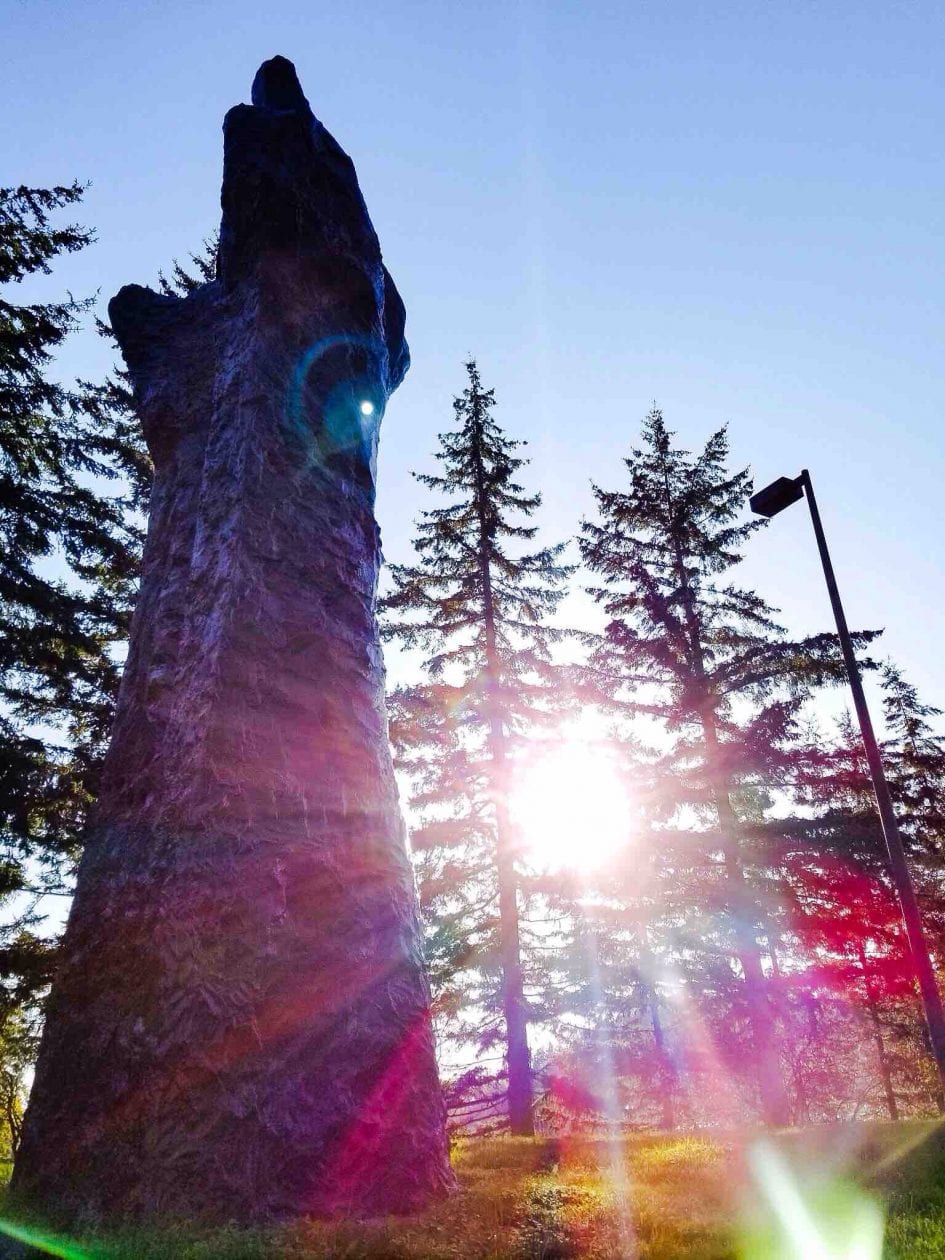



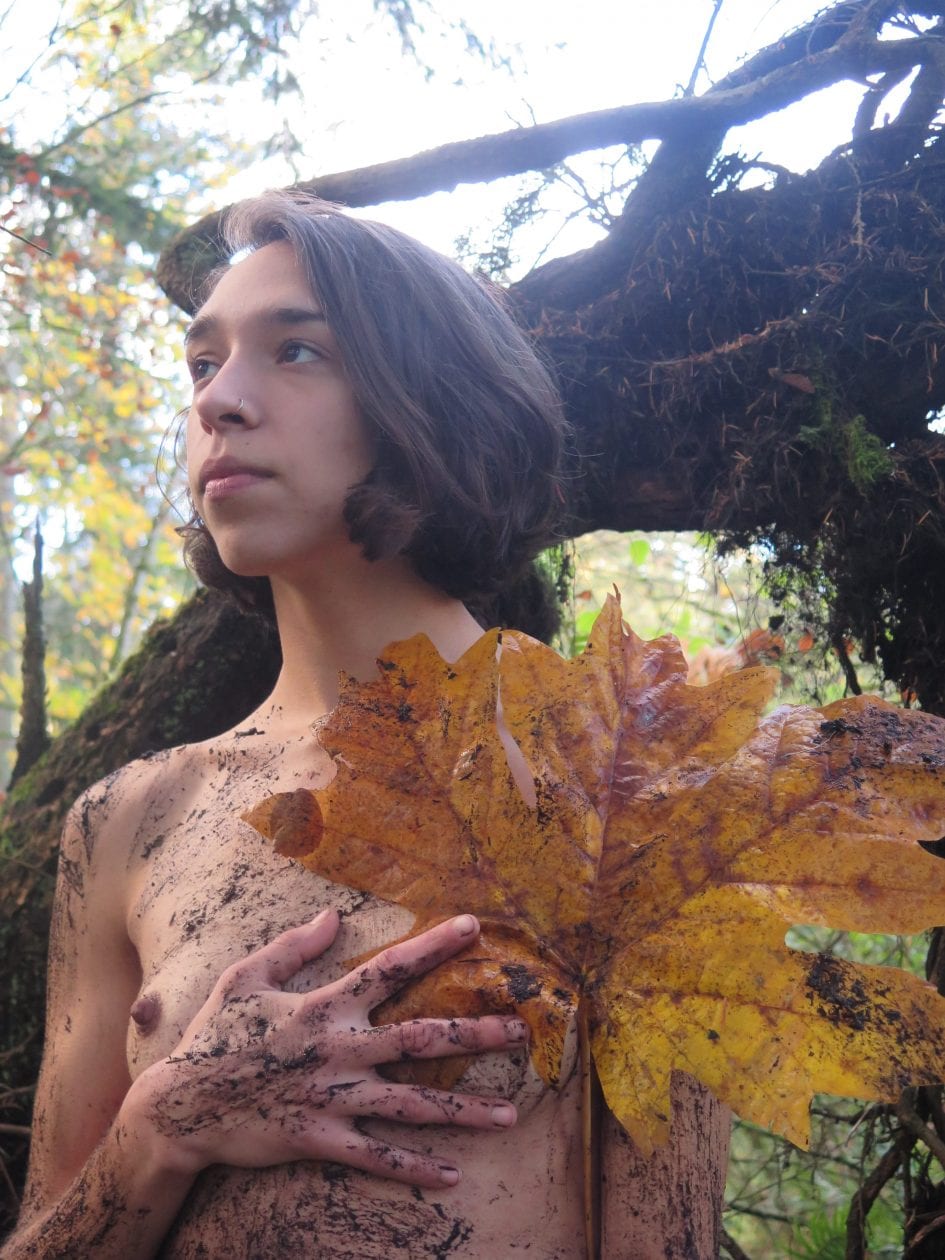


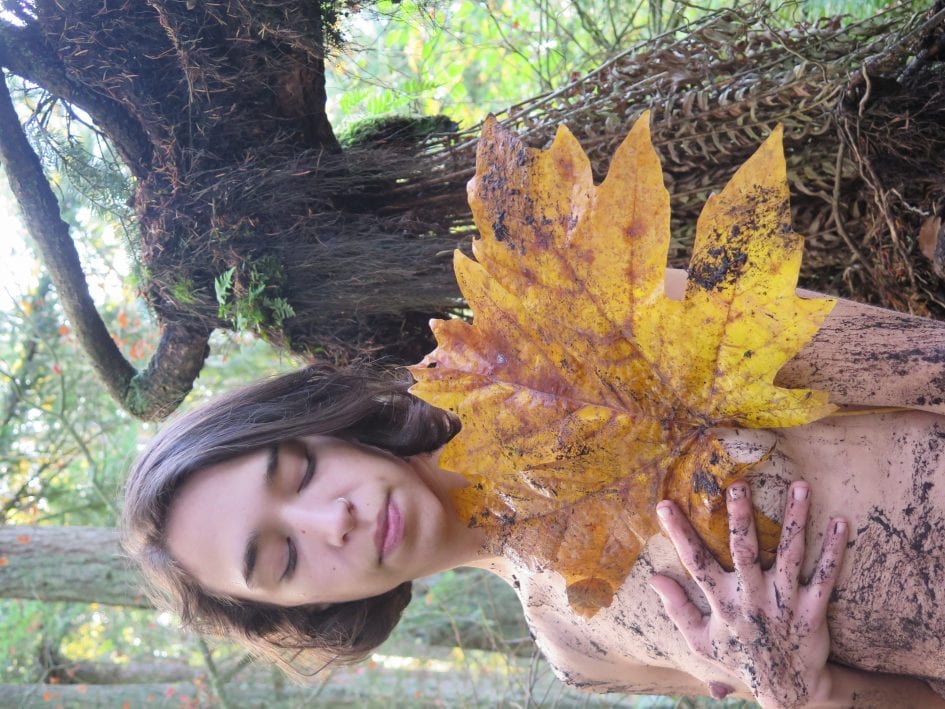

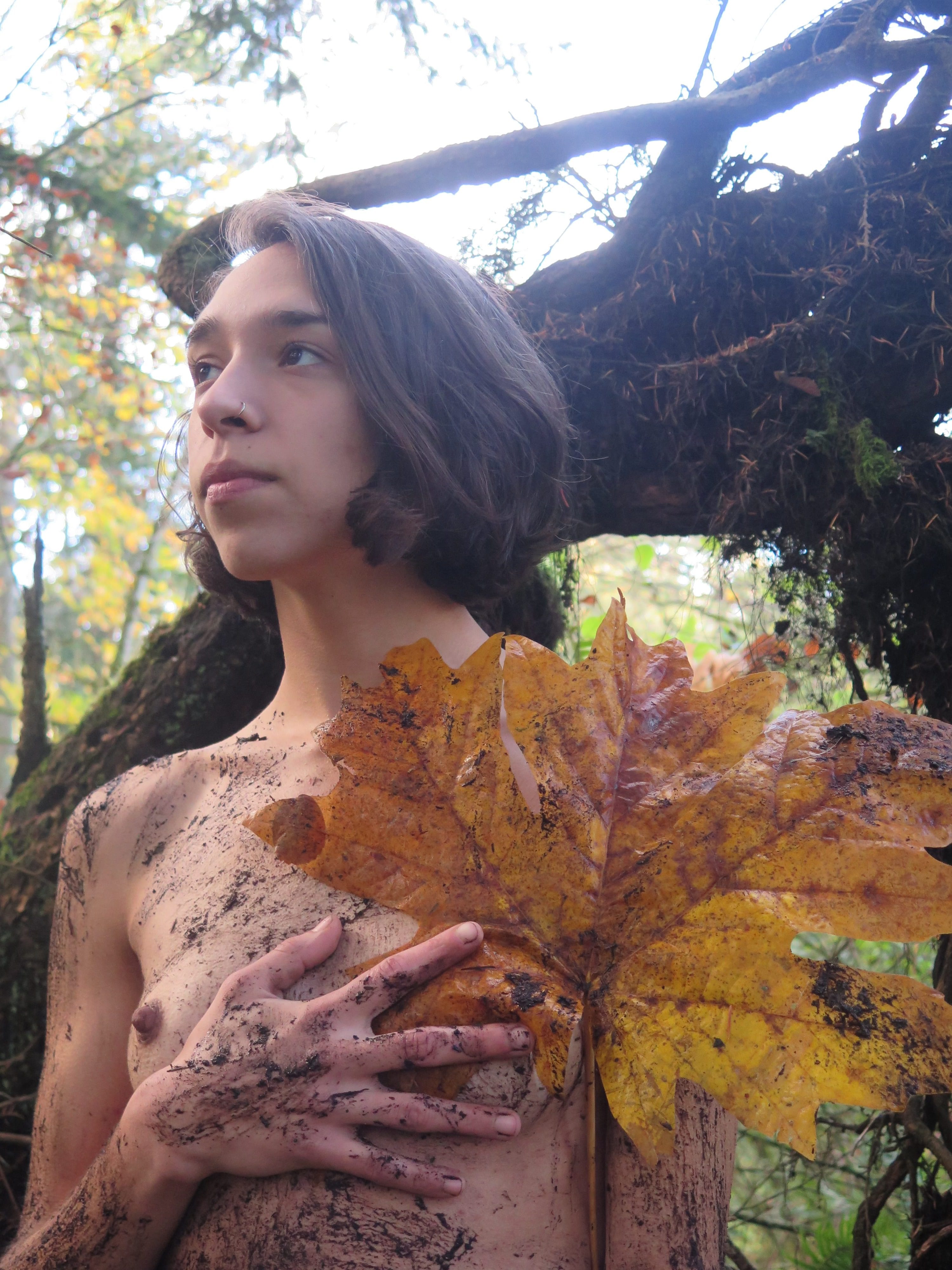



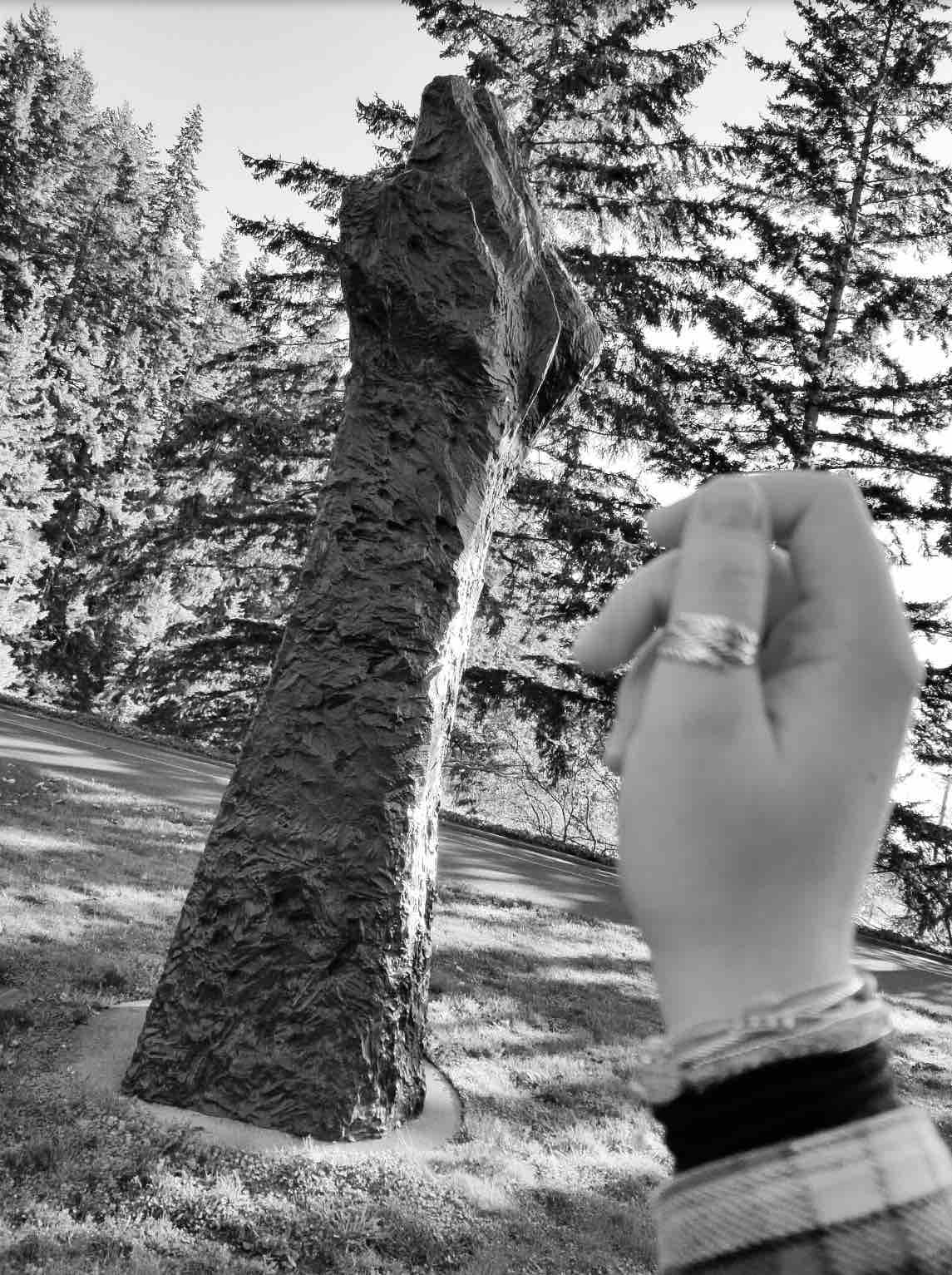
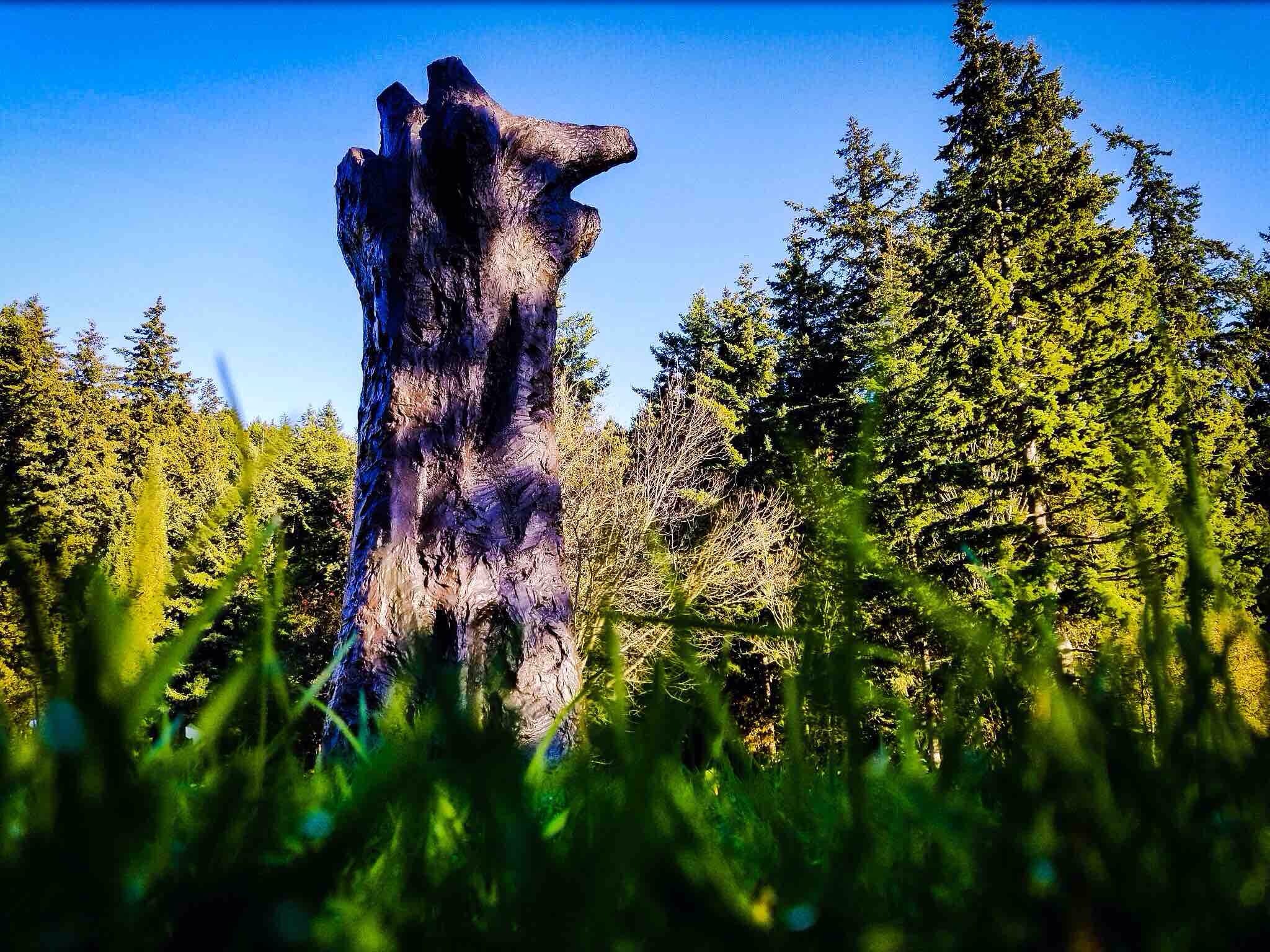

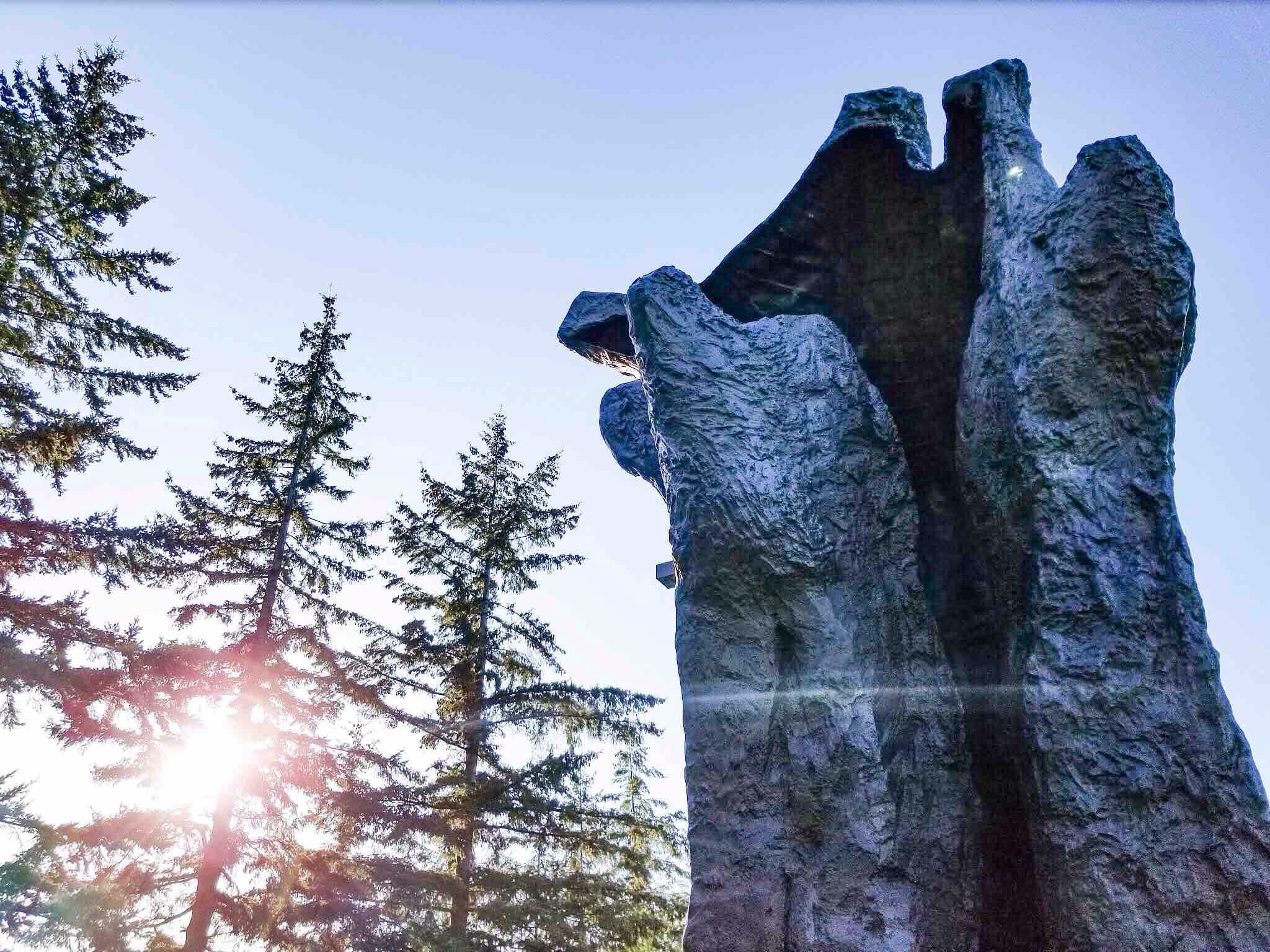
Leave a Reply